The high price of healthcare is a concern worldwide, and one significant contributor to this issue is the soaring medical equipment costs. Hospitals, clinics, and healthcare facilities must continually invest in cutting-edge technology to provide the best patient care.
However, managing and reducing the costs associated with medical equipment is crucial for both the sustainability of healthcare institutions and the affordability of healthcare for patients. In this post, we’ll explore strategies and best practices for reducing the costs of medical equipment without compromising patient care or safety.
1. Conduct a Comprehensive Equipment Inventory
Before you can reduce medical equipment costs, you need to know what medical equipment you have, its condition, and its utilization rates.
Conducting a comprehensive equipment inventory involves identifying all existing medical equipment in your facility, and documenting the age, condition, and maintenance history of each piece. Further, analyze utilization rates to determine which equipment is underused or overused.
2. Implement Equipment Standardization
Standardizing equipment across your healthcare facility can streamline procurement and maintenance processes while reducing costs. Consider standardizing brands and models to simplify inventory management and maintenance.
Also, negotiate bulk purchase agreements with suppliers for standardized equipment. It’s essential to train staff on the use of standardized equipment to maximize efficiency.
3. Embrace Equipment Lifecycle Management
Properly managing the lifecycle of medical equipment helps extend its use and minimize costs. Key practices include:
- Scheduled Maintenance: Develop a proactive maintenance schedule to prevent costly breakdowns and extend equipment lifespan.
- Calibration and Certification: Ensure that equipment remains accurate and compliant with regulatory standards.
- Tracking Depreciation: Account for equipment depreciation over time and plan for replacement as needed.
- Equipment Rental and Leasing: Consider renting or leasing equipment for short-term needs to reduce upfront costs.
4. Leverage Group Purchasing Organizations (GPOs)
Group Purchasing Organizations (GPOs) negotiate contracts and pricing with equipment suppliers on behalf of multiple healthcare facilities.
Joining a GPO can offer significant cost-saving advantages, which include access to bulk purchasing discounts, and streamlined procurement processes.
Your facility will also enjoy reduced administrative costs related to purchasing.
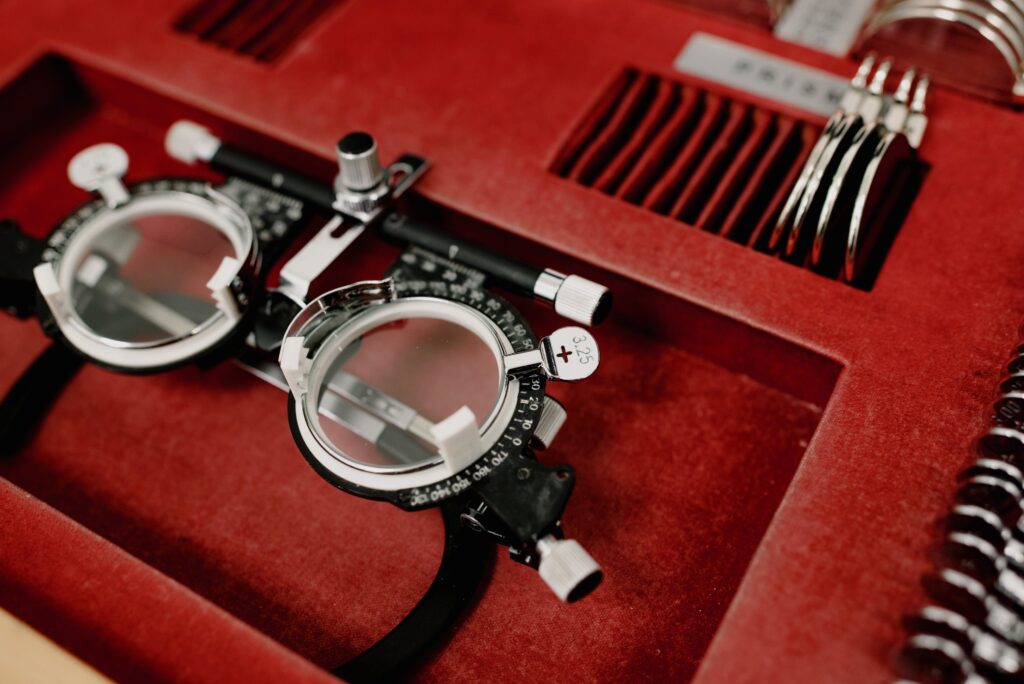
5. Explore Refurbished and Pre-Owned Equipment
In many cases, refurbished or pre-owned medical equipment can provide excellent value without compromising quality or safety. It’s important to work with reputable suppliers that provide certified and tested refurbished equipment.
Ensure that refurbished equipment meets regulatory and certification requirements. Don’t forget to compare the total cost of ownership of refurbished equipment to new equipment.
6. Implement Technology Assessment Committees
Establishing a technology assessment committee can help your facility make informed decisions about equipment purchases.
This committee should evaluate the clinical and financial impact of new equipment and consider whether new equipment truly adds value to patient care.
It should also review existing equipment to determine if it can meet the same needs.
7. Negotiate and Collaborate with Suppliers
Effective negotiation and collaboration with suppliers can result in medical equipment cost savings.
Strategies include requesting competitive bids from multiple suppliers and negotiating pricing, service contracts, and warranty terms. Building long-term relationships with suppliers to secure favorable terms is also beneficial.
8. Optimize Equipment Utilization to Save Unnecessary Costs
Maximizing the utilization of existing equipment can lead to significant cost reductions. As a facility, implement scheduling and booking systems to reduce equipment downtime.
Further, conduct cross-training staff to operate multiple types of equipment.
9. Explore Telemedicine and Remote Monitoring
Incorporating telemedicine and remote monitoring technologies can reduce the need for expensive on-site tools and reduce medical equipment costs related to patient care. Invest in telehealth platforms for remote consultations and deploy remote monitoring devices for certain patient populations. However, ensure compliance with regulatory and reimbursement requirements.
10. Stay Informed About Regulatory Changes
The healthcare industry is subject to evolving regulations and standards. Staying informed and compliant is essential to avoid steep medical equipment costs caused by regulatory fines and penalties.
Conclusion
Minimizing medical equipment costs is a complex but essential task for healthcare facilities. By implementing the strategies and best practices outlined in this comprehensive guide, you can achieve cost savings without compromising the quality of patient care or safety. Careful equipment management, standardization, collaboration with suppliers, and staying informed about industry changes are key elements in achieving a sustainable and cost-effective healthcare environment. Remember that every dollar saved on medical equipment costs can contribute to improving healthcare accessibility and affordability for patients.


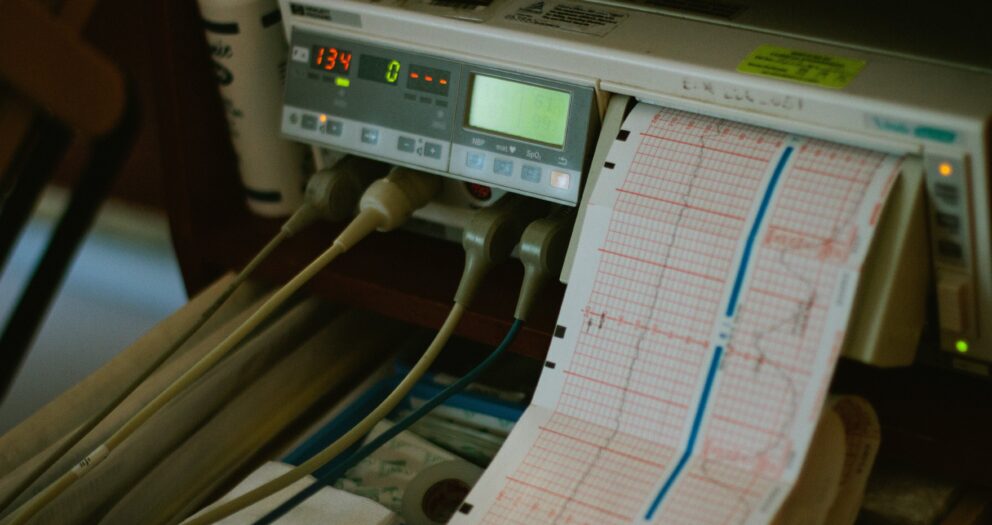
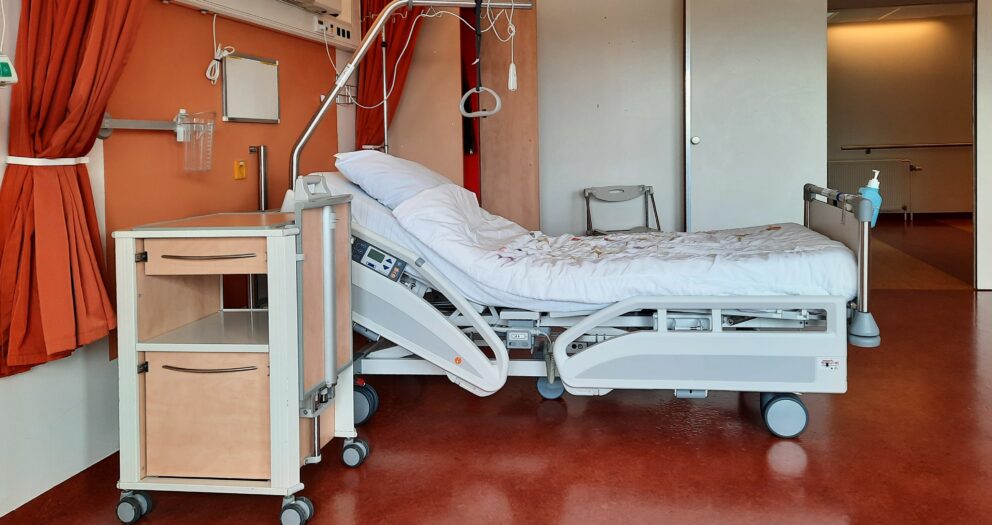
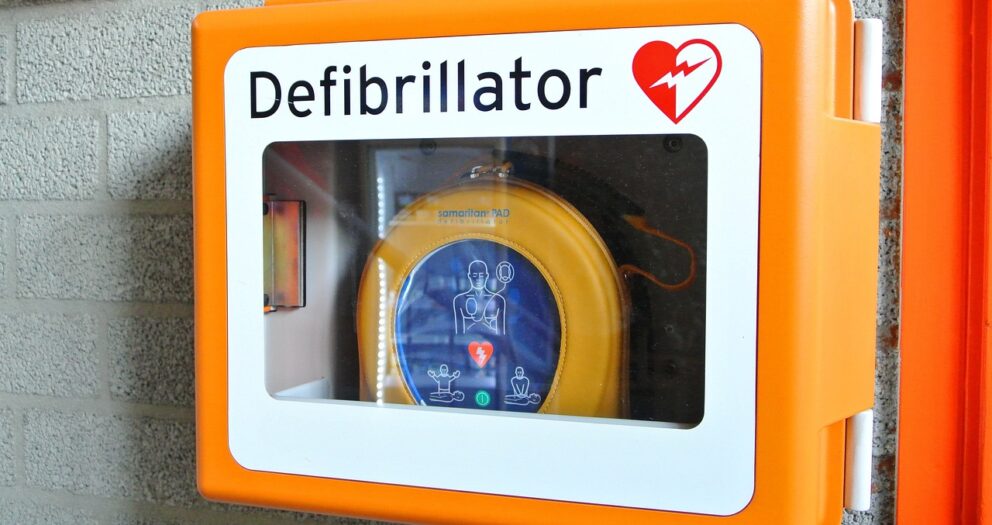
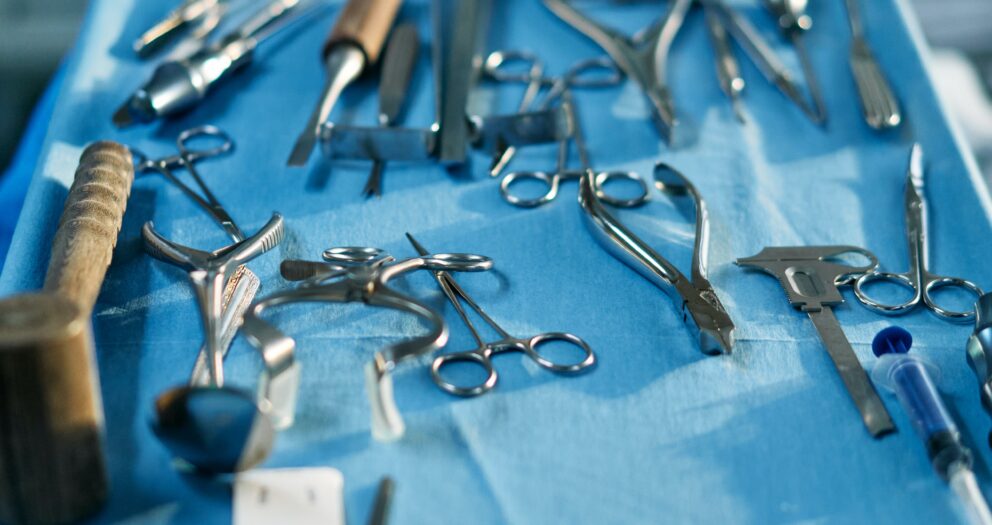

Write a comment
Your email address will not be published. All fields are required